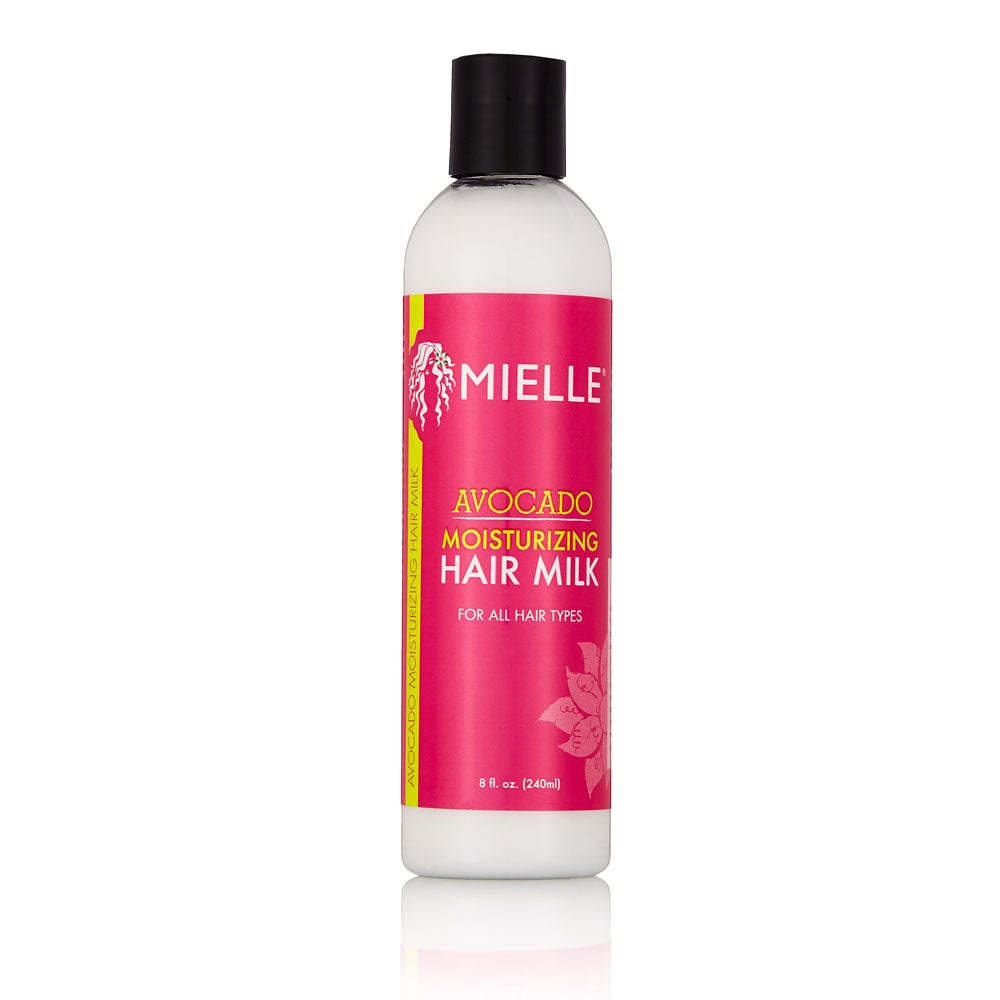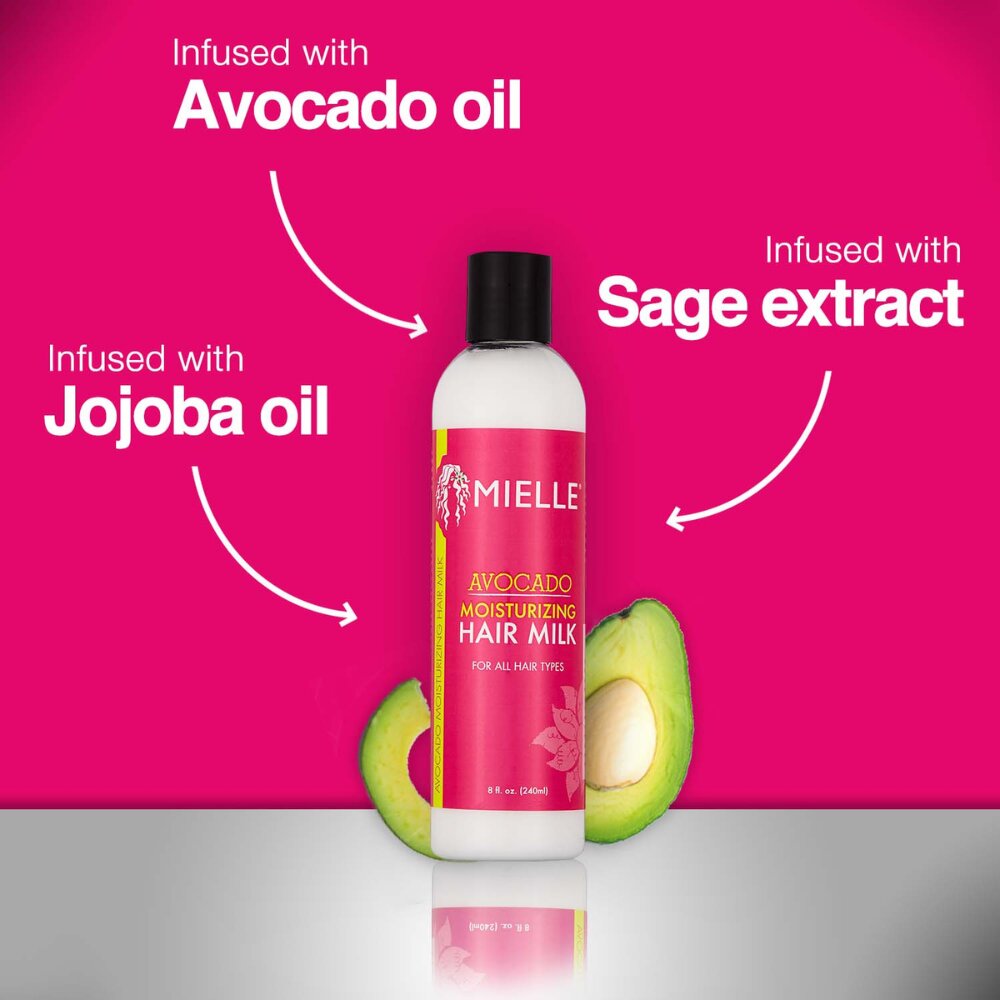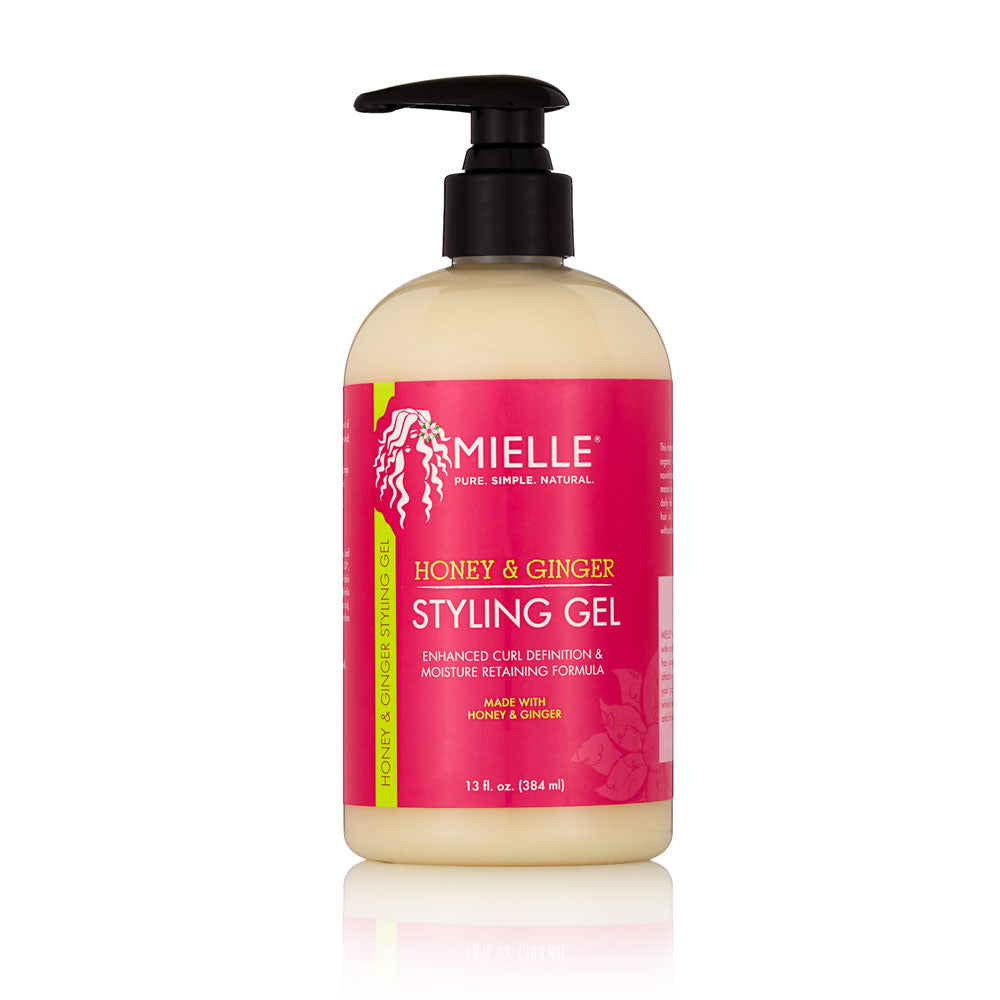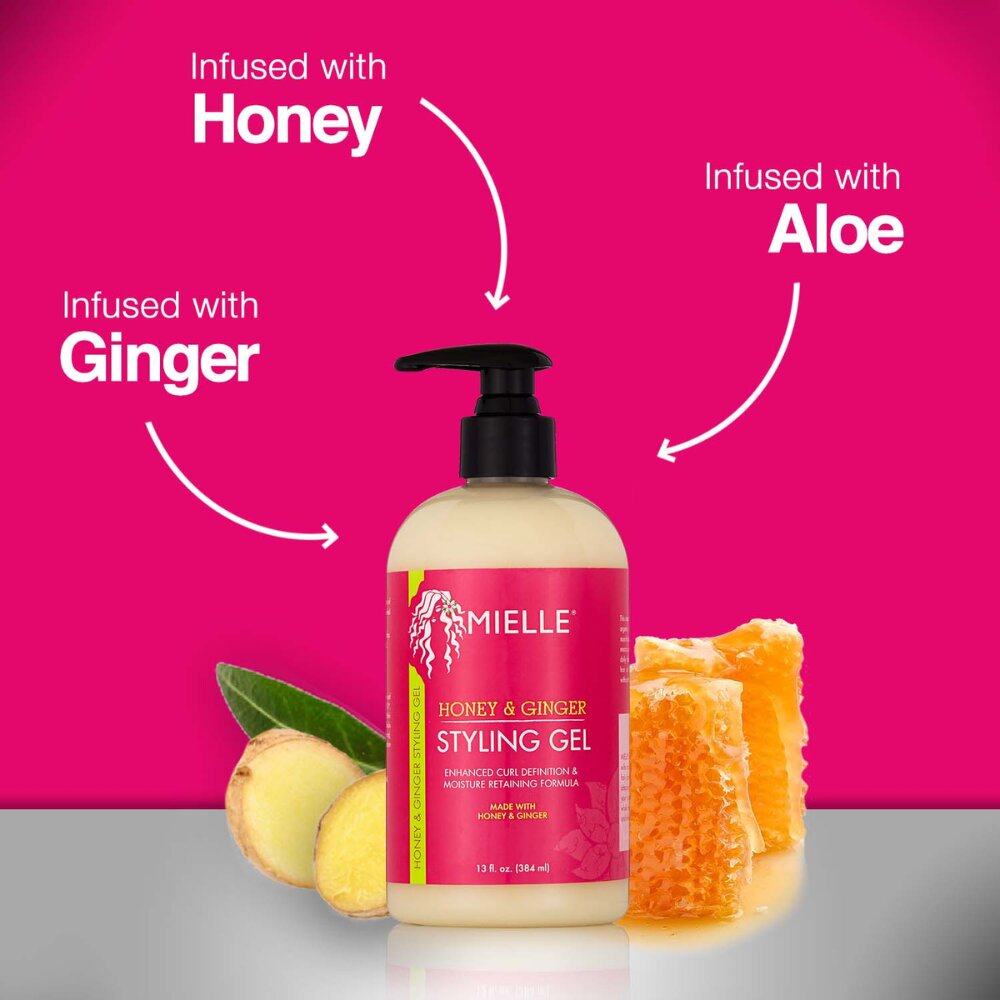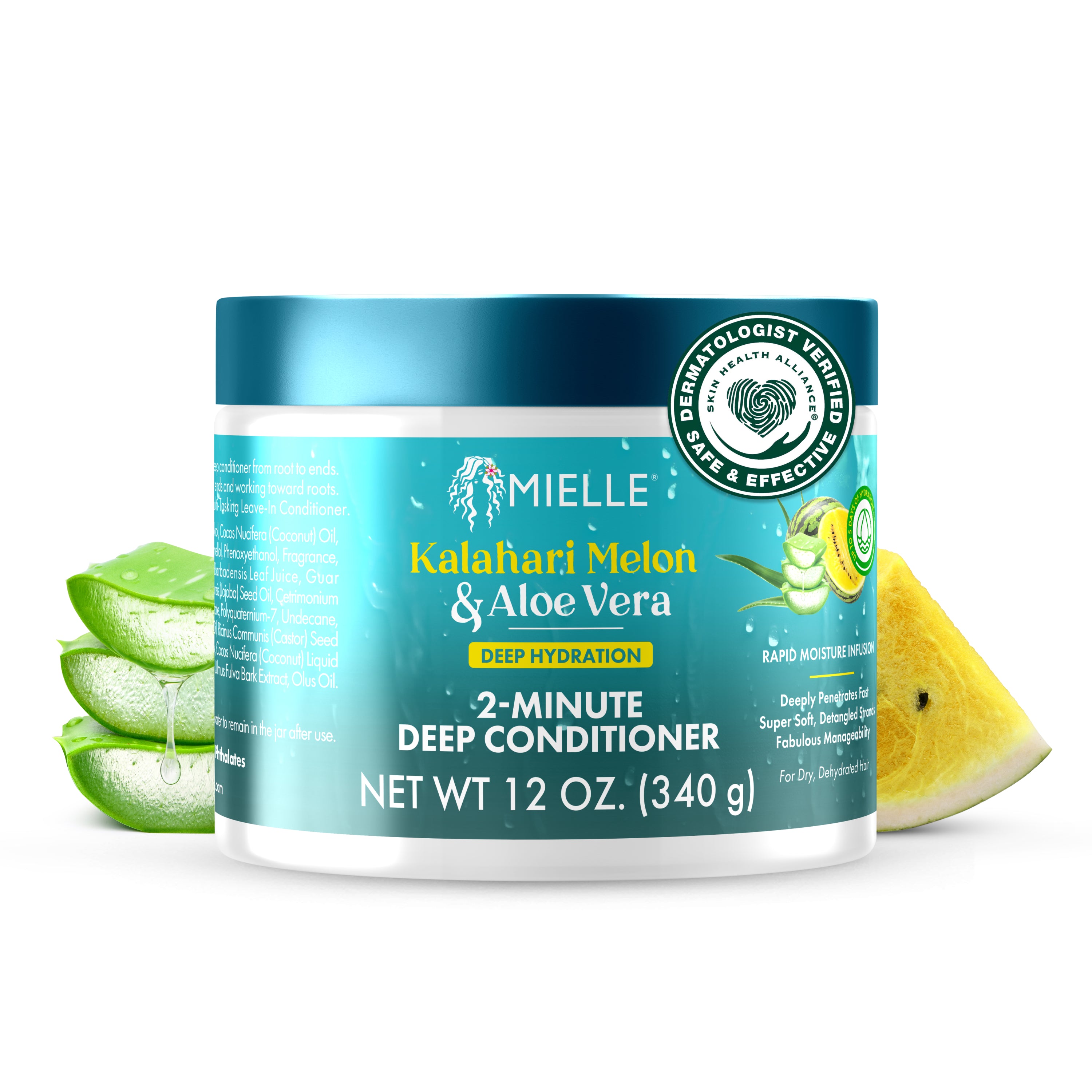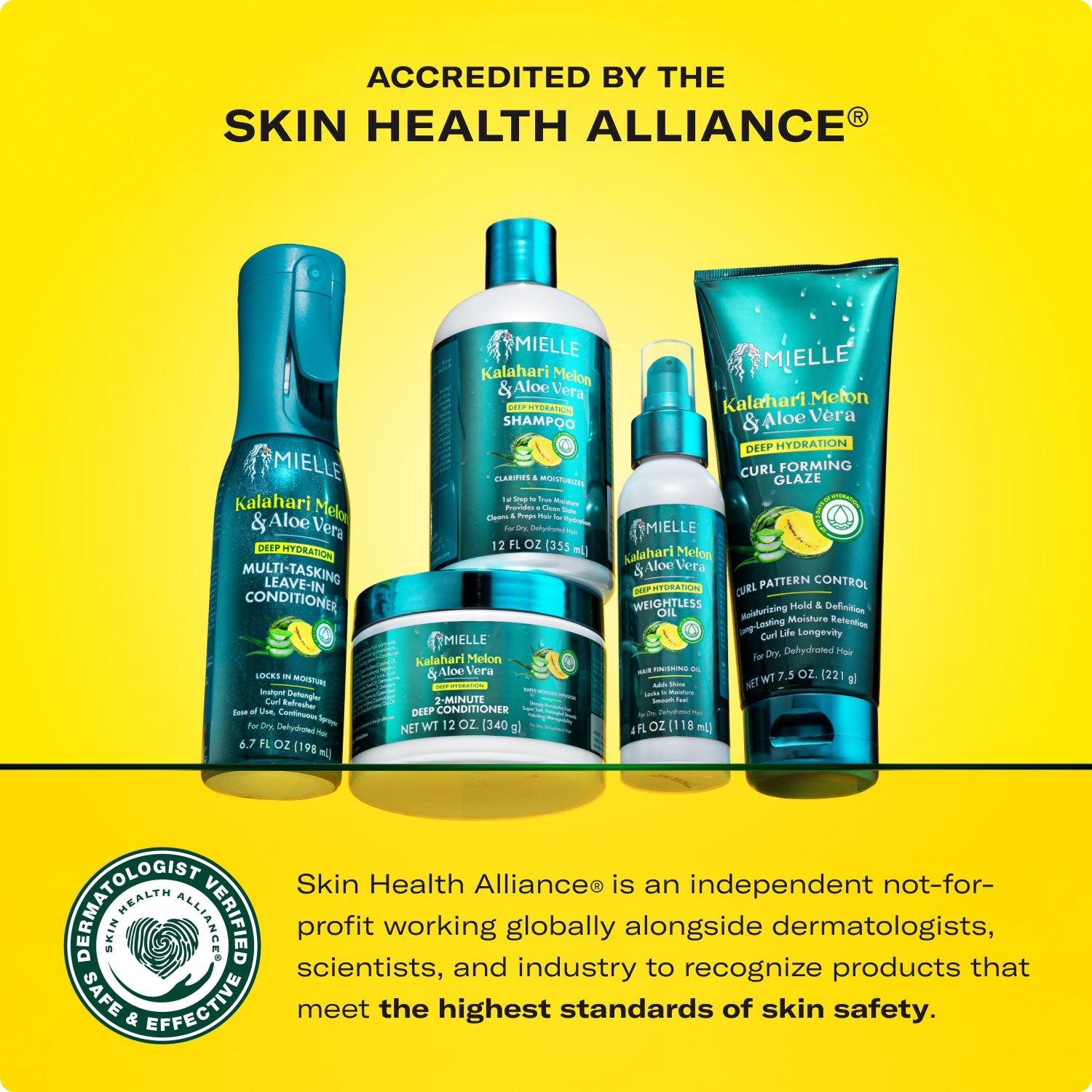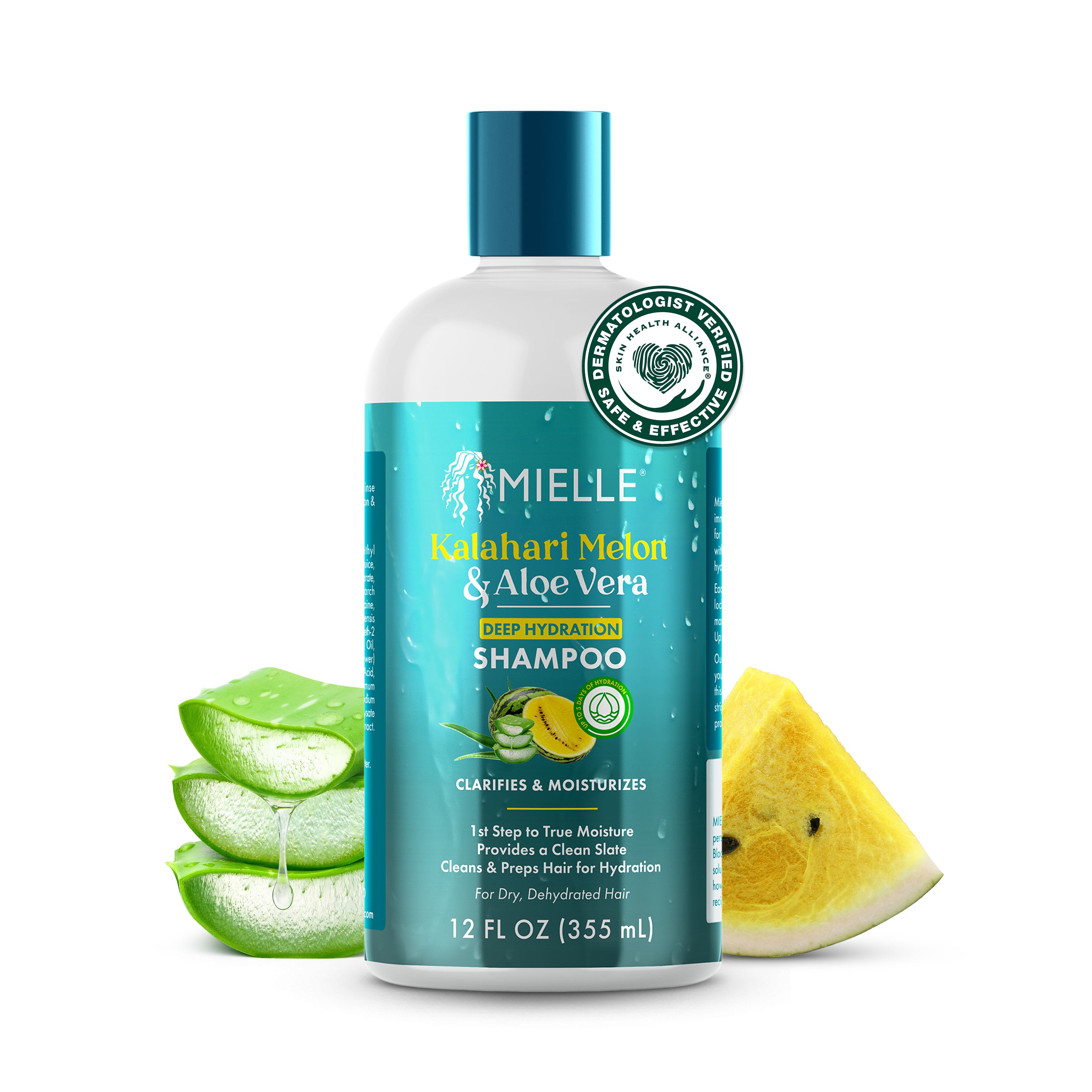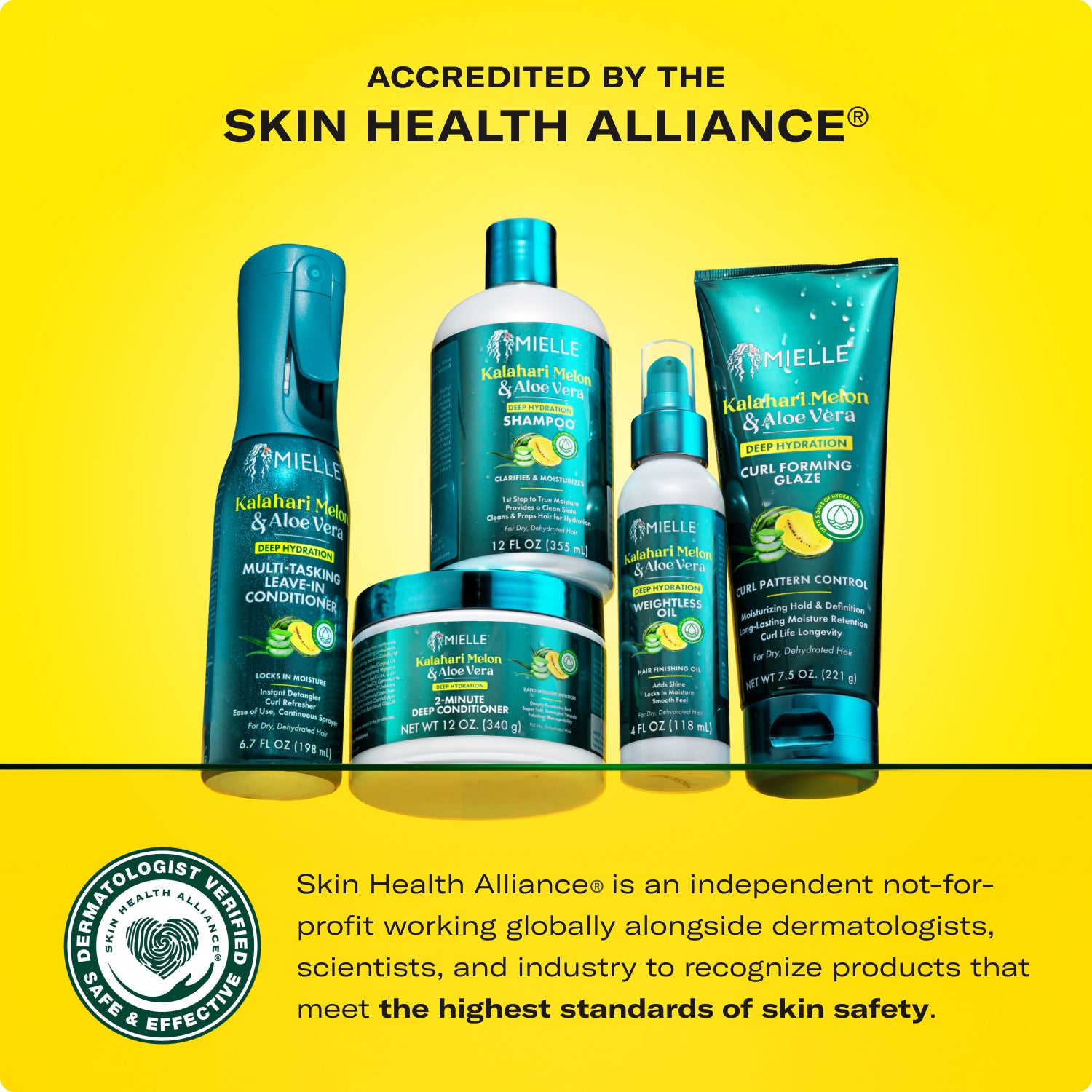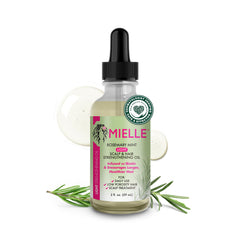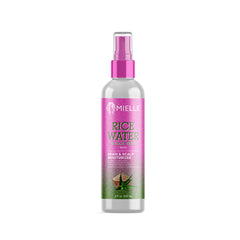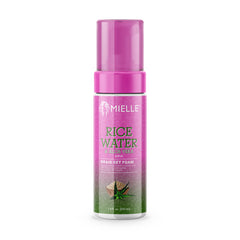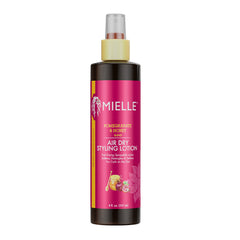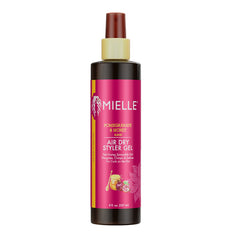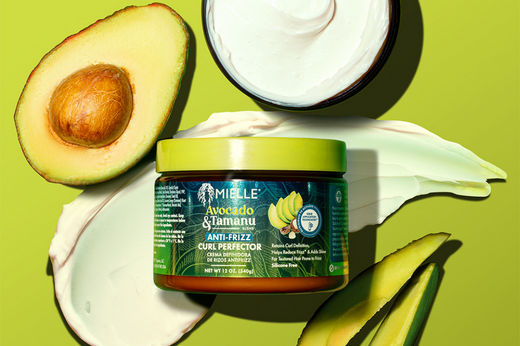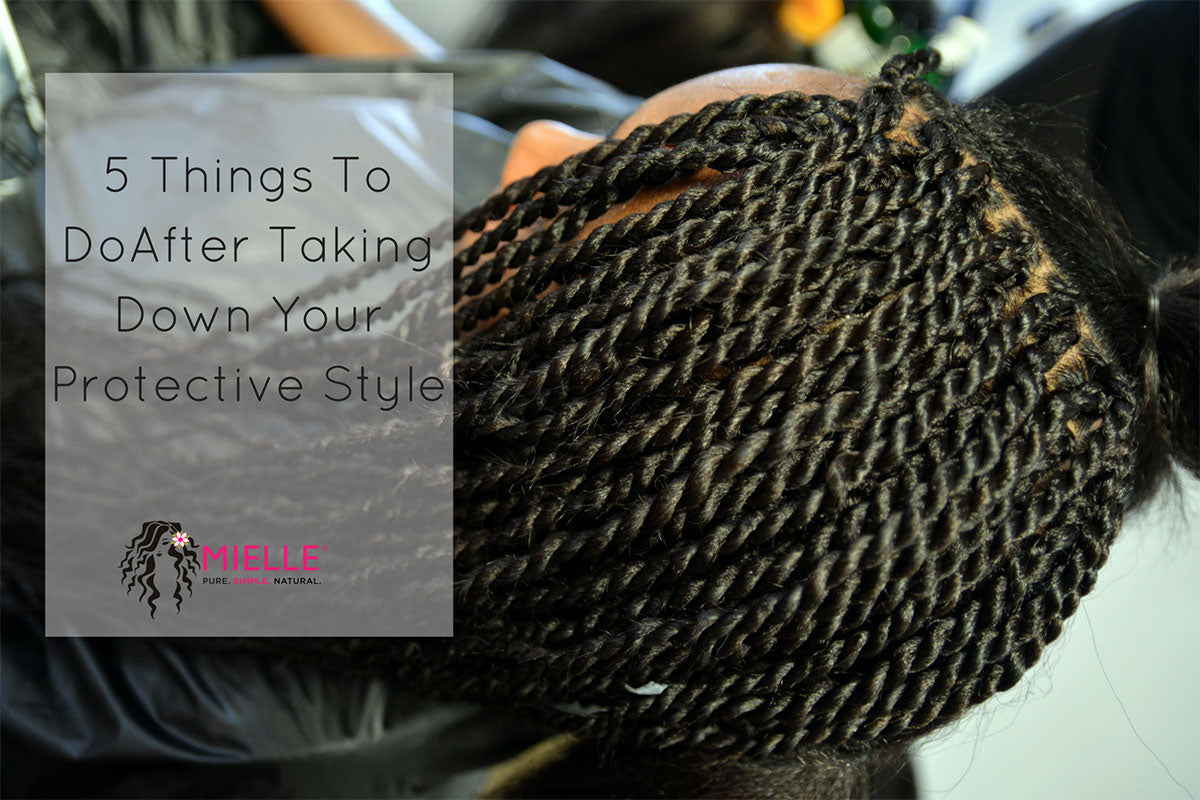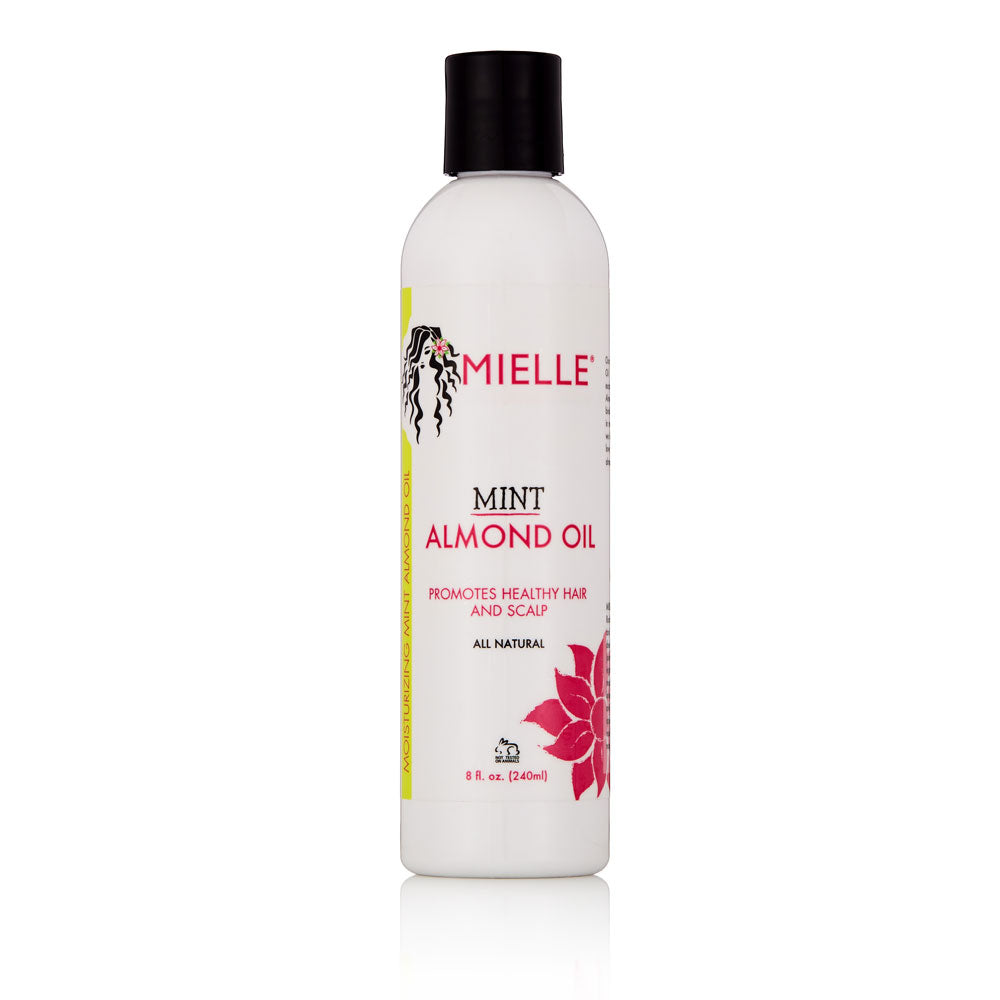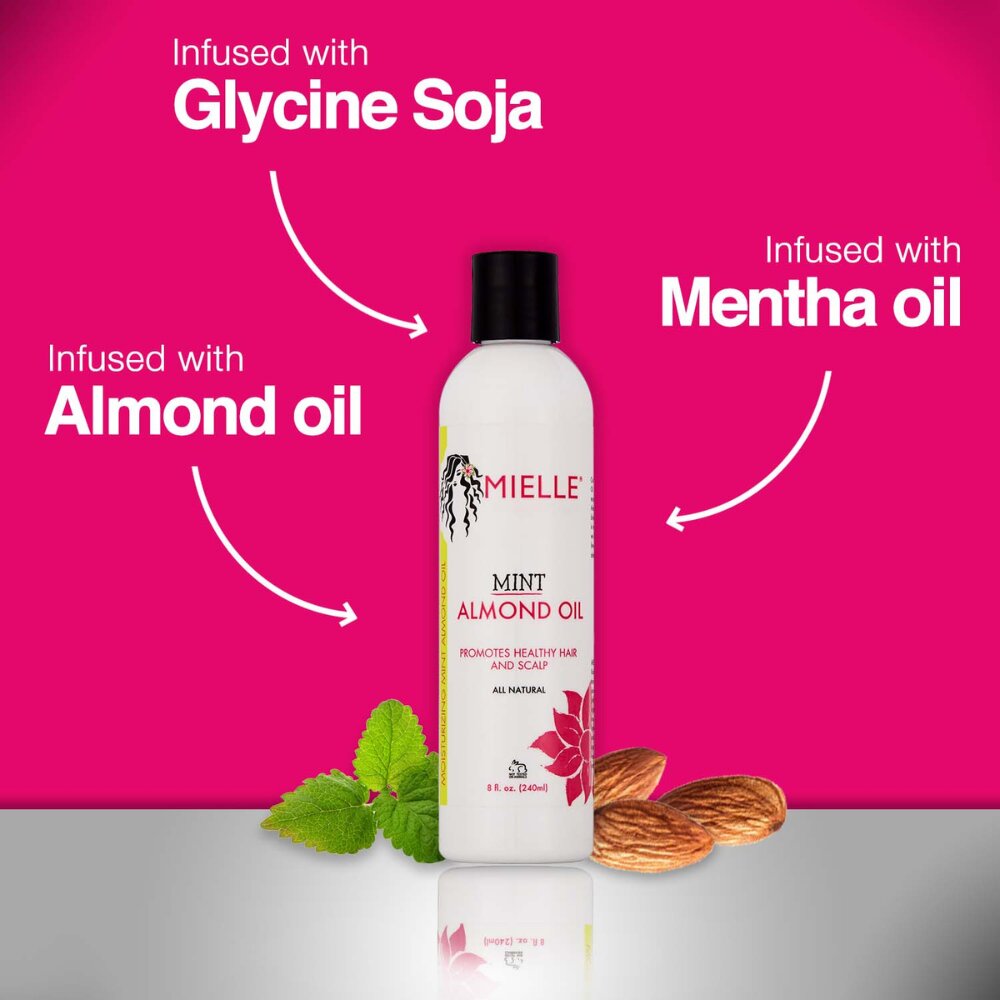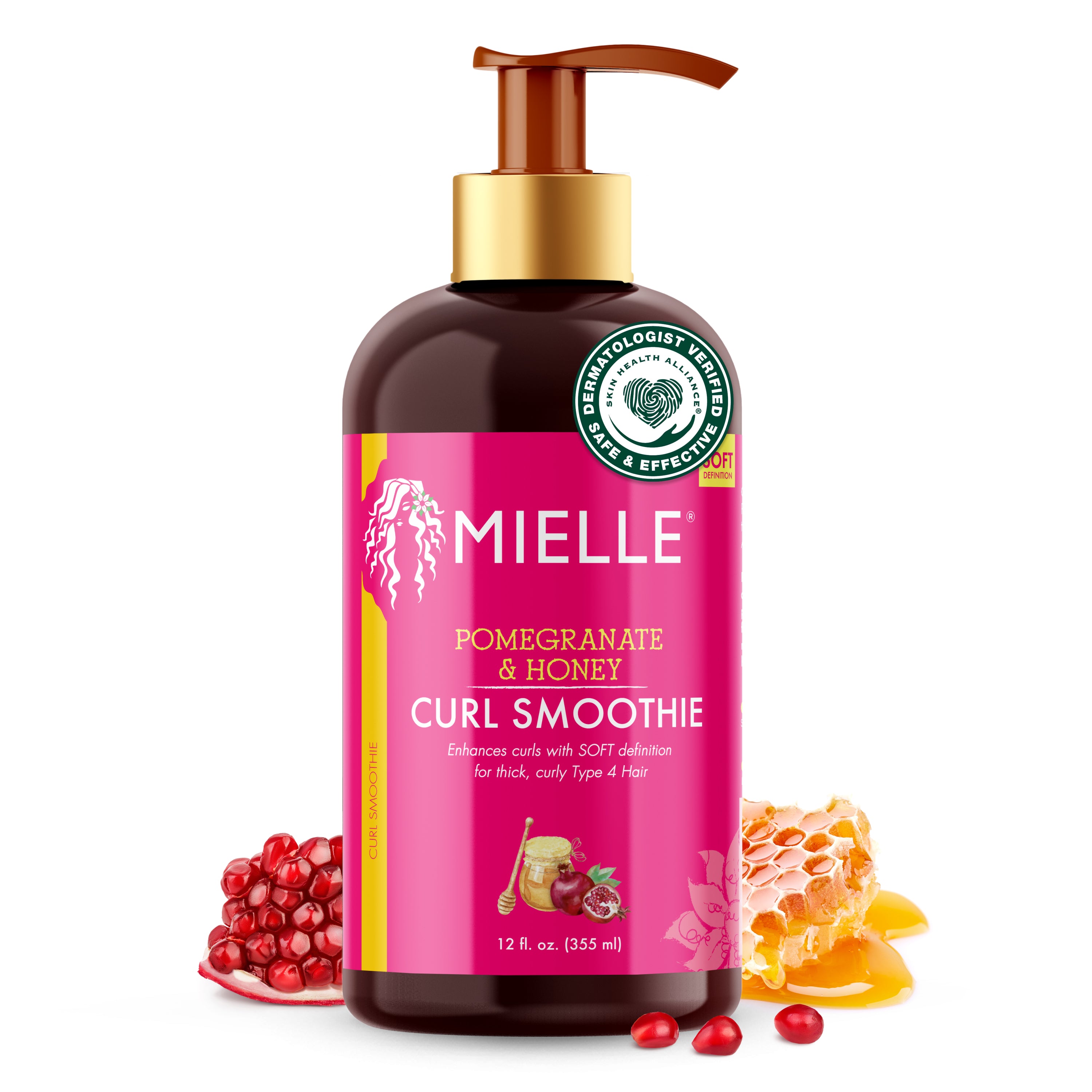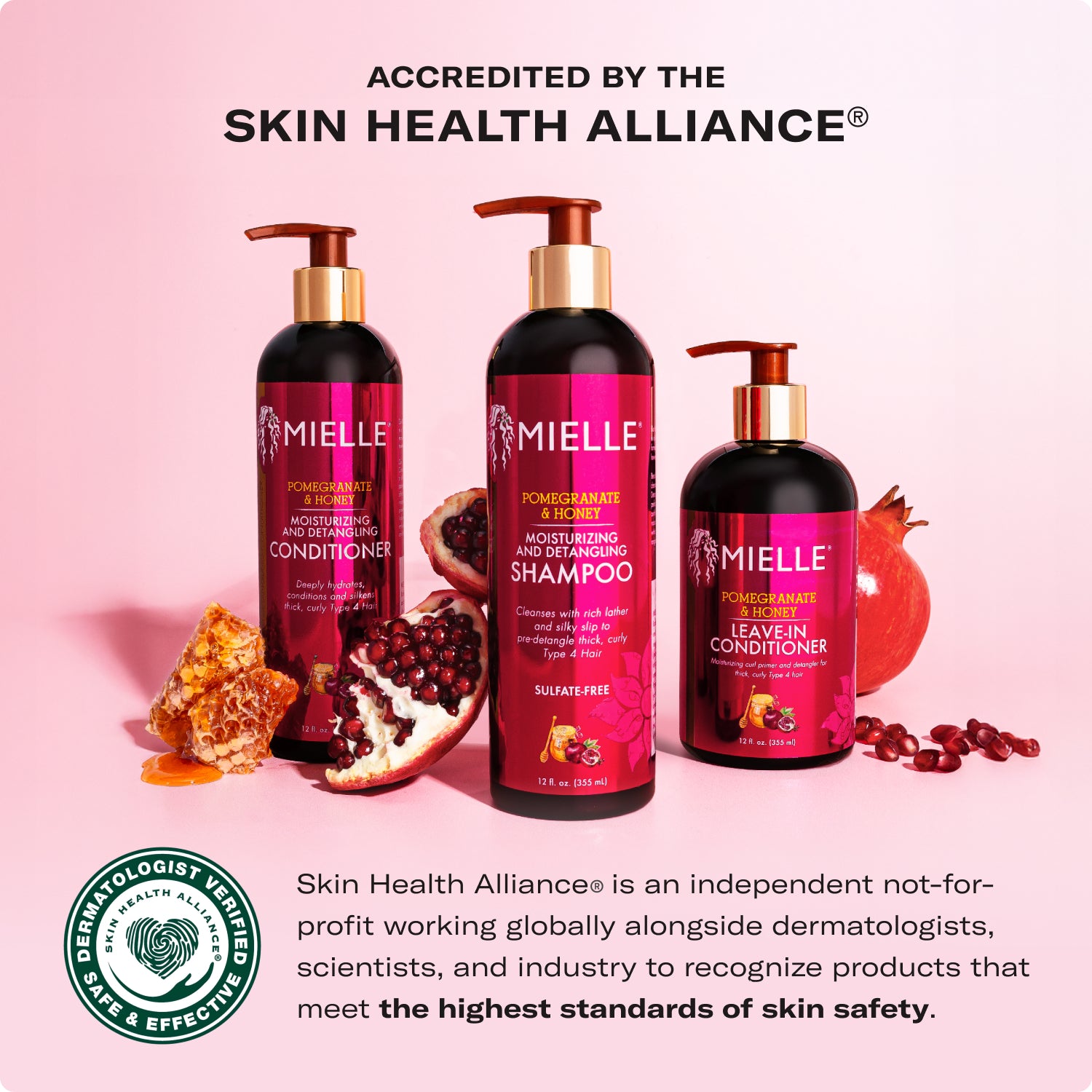These days, the natural hair community in general throws around the term “hair type” a lot. Everybody’s asking everybody what their hair type is, especially their favorite hair influencers, in an effort to achieve the same amazing results they have gotten with their hair. But there’s a problem. The term “hair type,” or the action of “hair typing” as we have been using it, refers only to one’s curl pattern. That’s all.
Knowing your curl pattern alone is not going to help you make the best choice regarding product selection and how you should go about your hair care regimen. If you want to get into your actual hair type, there are other characteristics about your strands that are just as important – if not more important – than curl pattern. Characteristics like porosity.
The difference between our hair retaining moisture and always being dry has much to do with our hair’s porosity level. If you’ve heard this term, but you don’t know what it means, and you aren’t exactly sure why you should even care about it, we’re here to help!
What Is Porosity?
When something is porous, it has the ability to absorb moisture. Think of a sponge. In its dry state, it is very porous, and it can easily soak up water in order to perform the job it was made to do. When it comes to hair, the same thing applies, only everyone’s hair has different levels of ability to absorb and retain moisture.
Levels of Hair Porosity
Low Porosity
Let’s walk through a few examples. When you apply product to your hair, let’s say an oil or cream, do you find that it just sits on your strands? Maybe, while your hair may appear to be moisturized (i.e. it has a sheen or shine to it), it still feels dry? If that’s the case, then your hair may have a low porosity level. This means your hair’s outer layer, the cuticle, is tightly closed and doesn’t easily allow moisture in.
High Porosity
Maybe you’re on the other end of the spectrum. If you find that no matter how much you moisturize your hair, it always feels dry – as if you did nothing! – then your strands may very well be highly porous. The cuticle layer is raised so high that it loses moisture just as fast as it is absorbed. Moisture goes in quickly, but isn’t retained, so you end up with dry hair.
How Porosity Works
Think of the cuticle layer of your hair as shingles on a roof. When the shingles lay flat, rain does not affect the house, and it just slides right off. But if they’re not laid properly, or there are gaps in between the shingles, rainwater can easily seep in.
If you don’t seem to have any issues retaining moisture, good for you! Either you stumbled upon products and a hair care routine that works in your favor or your hair has normal porosity and can easily absorb and retain moisture for a time.
How to Find Out Your Porosity Level
If you’re not exactly sure where you fit in here, there are two easy ways to test your hair’s porosity:
Test by Feel
Grab a strand of hair and run your index finger and thumb along the strand. If it feels smooth, your hair may have a low porosity level. If it feels rough or bumpy, then your hair is likely highly porous.
Test with Water
Drop a strand of hair inside a glass of room temperature water. If the strand immediately sinks to the bottom, your hair is highly porous, and it absorbs moisture quickly. If your hair floats at the top, you’ve got low porosity hair. Strands that float somewhere in the middle have a “normal” porosity.
Depending on what you’ve got going on with your hair, like permanent color or some level of damage in certain areas, the porosity level may be different in those spots.
What to Do for Your Porosity
But you’re probably thinking, “That’s great. But what do I do with all this information?!”
With low-porosity hair, or a mostly closed cuticle layer, you can open up the cuticle with heat. Try using a steamer or your own body heat along with a plastic cap while deep conditioning or in conjunction with our organic hair moisturizers. This will help to open up the cuticle layer and allow the moisture into the strand.
If your test reveals that you’re on the high-porosity end, or you have a mostly open/raised cuticle layer, then protein treatments or products that contain protein can help to fill in any gaps in the cuticle and help you retain moisture. If you’re looking for a place to start, try our Babassu Oil & Mint Deep Conditioner!
Using heavier products like those in our Pomegranate & Honey Collection, and sealing with an oil like our Mint Almond Oil, can also help hair that’s highly porous lock in moisture longer. And, as we know, retaining moisture helps you retain length and makes for overall healthy hair.
So, if you find that your hair is always dry, you may be in one of these categories. Hopefully, these tidbits will help you on the way to the hair you’ve always wanted!
